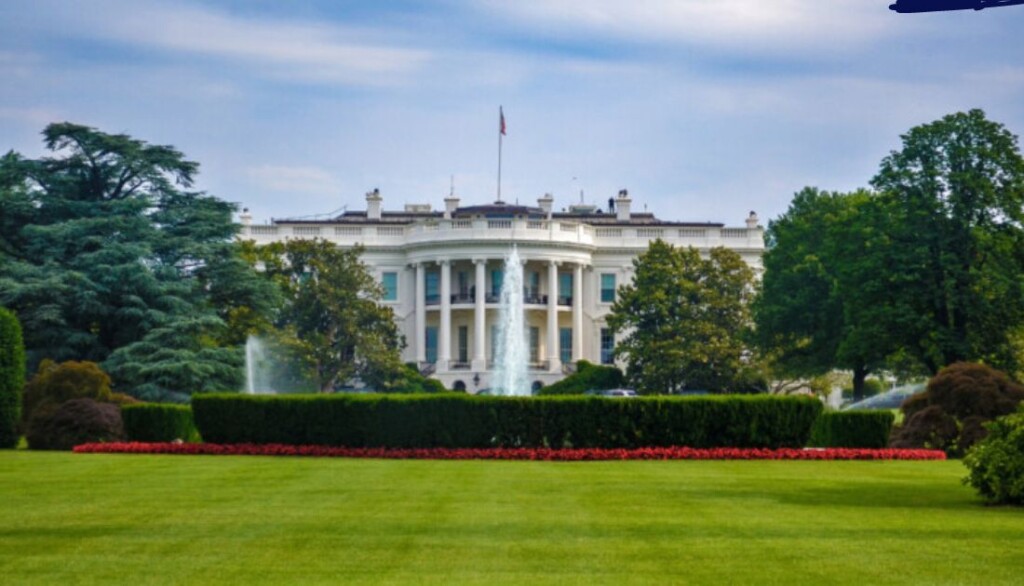Editor’s Note: This article was originally published in October 2020. We updated and revised the content December 2022 to provide the most current and accurate information.
Student debt has doubled over the last ten years, ballooning up to $1.54 trillion, and becoming the second largest consumer debt type, placing it higher than both credit cards and auto loans.
Current students and recent graduates have a much different relationship with student debt than previous generations, which may explain why student debt has recently become more of a pressing issue for voters. It has solidified its position on the forefront of the political consciousness in this country, as evidenced by its discussion in the run-up to the 2020 presidential election as well as the upcoming midterm elections.
In his campaign, President Joe Biden proposed many plans to aid those burdened by student loan debt. Now, with ongoing student loan forbearance and widespread economic hardship due to COVID-19, Biden has announced his plan for student loan forgiveness.
Understandably, many want to know how these factors could affect their loans. We have rounded up what you need to know about Biden’s campaign promises and his latest announcement.
What do I need to know about loan forgiveness?
The student loan crisis has been a hot button issue for many years, but continuing economic hardships caused by the coronavirus pushed the Biden administration to take action.
In a press conference on August 24, 2022, President Biden announced his plan for student loan forgiveness and the end of the forbearance period. Biden’s announcement confirmed that $10,000 of federal student loans would be forgiven, with Pell Grant recipients receiving up to $20,000 in forgiveness. This forgiveness would only apply to borrowers who made less than $125,000 annually or $250,000 annually for married couples who file taxes jointly.
Additionally, some federal repayment programs are being restructured as undergraduate loan repayments can now be capped at 5% of an individual’s monthly income, rather than the previous 10% guideline for income-driven repayment.
In the months following the announcement, a federal appeals court temporarily barred the relief program. The issue was then sent to the Supreme Court. The Supreme Court will hear the case in February 2023, making the final decision on the legality of the proposed forgiveness.
As a result of these legal issues, the Biden administration announced a final forbearance extension, despite the earlier decision to have the final extension end on December 31, 2022.
According to the Department of Education, “Payments will resume 60 days after the Department is permitted to implement the program or the litigation is resolved, which will give the Supreme Court an opportunity to resolve the case during its current Term. If the program has not been implemented and the litigation has not been resolved by June 30, 2023 – payments will resume 60 days after that.”
How does Student Loan Forgiveness affect physicians, dentists and veterinarians?
If the forgiveness program is implemented, it is important to note that many physicians, dentists and veterinarians make more than the $125,000 annual cap. This means these doctors will be excluded from this $10,000 forgiveness.
The good news is that these guidelines could benefit the doctor groups in medical school, dental school, or veterinary school, those in residency or fellowship, or doctors in certain low-paying specialties.
When do we have to start paying back student loans for medical school, dental school, or veterinary school?
The forbearance period will be extended through June 20, 2023 or 60 after litigation is resolved, whichever comes first. This extension will benefit all borrowers as interest will not grow on these federal loans until the forbearance period ends.
Though the forbearance extension is a win for some, it could hurt those considering student loan refinancing in the long run. Rates are rising and will continue to do so for the foreseeable future, which means if you put off refinancing until the forbearance period ends, your rate could be significantly more than it would be if you refinanced today. Deferring locking in a low rate could cost borrowers a lot more.
What is the plan to control education costs for physicians, dentists, and veterinarians?
Educational costs are continuing to rise, especially for medical, dental and veterinary students. According to US News, the cost of medical school has risen 3% to 4% over the last decade with no signs of slowing down.
This forgiveness may benefit some borrowers, but it does nothing to address the root cause of the issue. The burden of student debt needs to be handled with more substantial action. We hope this will be the first step toward more effective reform.
How do I apply for student loan forgiveness?
Because courts have blocked the student debt relief program, the Department of Education is not accepting applications at this time. If you have already applied, the department will be holding submitted applications until the decision is made. Click here and subscribe to receive updates.
Has President Joe Biden delivered on his campaign promises for student loans?
Biden had many plans for educational support post-high school, but let’s look at how the President has delivered on four major proposal points.
Make public colleges and universities tuition-free for students coming from families earning less than <$125,000
Most educational debt for medical school graduates (around 86%) comes from bills racked up in graduate education which this Biden policy does not affect. However, this proposed policy could save future medical school graduates around $27,000 (or around 14% of their total debt burden).
Update: As of the writing of this article, this plan has not seen any traction. It had potential to be included in the American Families plan or Build Back Better plan, but did not appear in either. However the effect of Biden’s new Income-Driven Repayment could make the amount they pay in student loan payments significantly reduced for many making less than $125,000.
Expand forgiveness in PSLF
Many residents, fellows, and attendings are currently enrolled in the Public Service Loan Forgiveness program. During his campaign, Biden proposed pushing through a previous Senate proposal from Tim Kaine (D-Virginia) that would have opened up the program to all federal loans and repayment types, and, most notably, would have forgiven half of the loan balance at 5 years of service with the remaining balance paid off after completing 10 years of service.
Update: In October 2021, the U.S. Department of Education announced a year-long PSLF waiver that could allow some borrowers who did not qualify previously to receive forgiveness. These changes ended on October 31, 2022, but as this deadline approached, the Biden administration announced some permanent improvements to the PSLF program.
Improvements include allowing borrowers to obtain credit for late, partial, and lump sum payments and awarding credit for certain months in deferment or forbearance, such as those tied to military service or deferments for economic hardship or cancer treatment. These updates will go into effect on July 1, 2023.
Expanded enrollment, reduced forgiveness in PSLF
Loan forgiveness programs still remain popular with medical school graduates, with around 34% expressing interest in PSLF specifically. For future physicians and physicians-in-training that wish to enroll in PSLF however, a Biden proposal could drastically change the potential benefits.
Under his plan, anyone that works for a qualifying employer would be automatically enrolled in the program and could earn $10,000 per year for up to five years of service (with a maximum benefit of $50,000). This could represent a huge cut to the potential PSLF benefit for medical school graduates who plan on entering this program.
Update: This proposal to cap PSLF forgiveness has fallen flat with no clear signs of follow-through. This is good news for doctors who plan to utilize PSLF.
Increasing value of and eligibility for Pell Grants
The Biden team proposed doubling the value of the Pell Grants and automatically increasing it yearly, tied to inflation. They proposed increases in value and expanding the eligibility for the Pell program.
Update: In the 2023 fiscal year budget, Biden proposed to increase the maximum Pell Grant by $2,175 over its current level, bringing the maximum annual amount to $8,670. The number of eligible lower and lower-middle class students that would benefit from this program would increase from 6.1 million to 6.7 million. Based on his plans, this is only the first step to providing better aid to eligible students.
At the time of writing, this budget has not been passed yet, so this proposed increase could be changed.
Post-2020 Updates on Medical School Debt
For any doctors or doctors-in-training, a lot has happened since the close of 2020. We’ve done our best to track those new developments as they happen here on the Panacea blog. Check out the list below for links to our articles on the dates we published them:
- November 2021 – CARES Act for Healthcare Professionals
- November 2021 – Changes in Federal Student Loan Servicers: Will Your Loans Be Impacted in 2022?
- December 2021 – Biden Extends the Student Loan Payment Pause: What This Means for Your Medical and Dental School Loans
- January 2022 – Will Biden Extend the Medical, Dental, and Veterinary Student Loan Payment Pause?
- March 2022 – Public Student Loan Forgiveness for Doctors
Keep following Panacea Financial in the future for updates on these and many other topics in the doctor-financial space.




